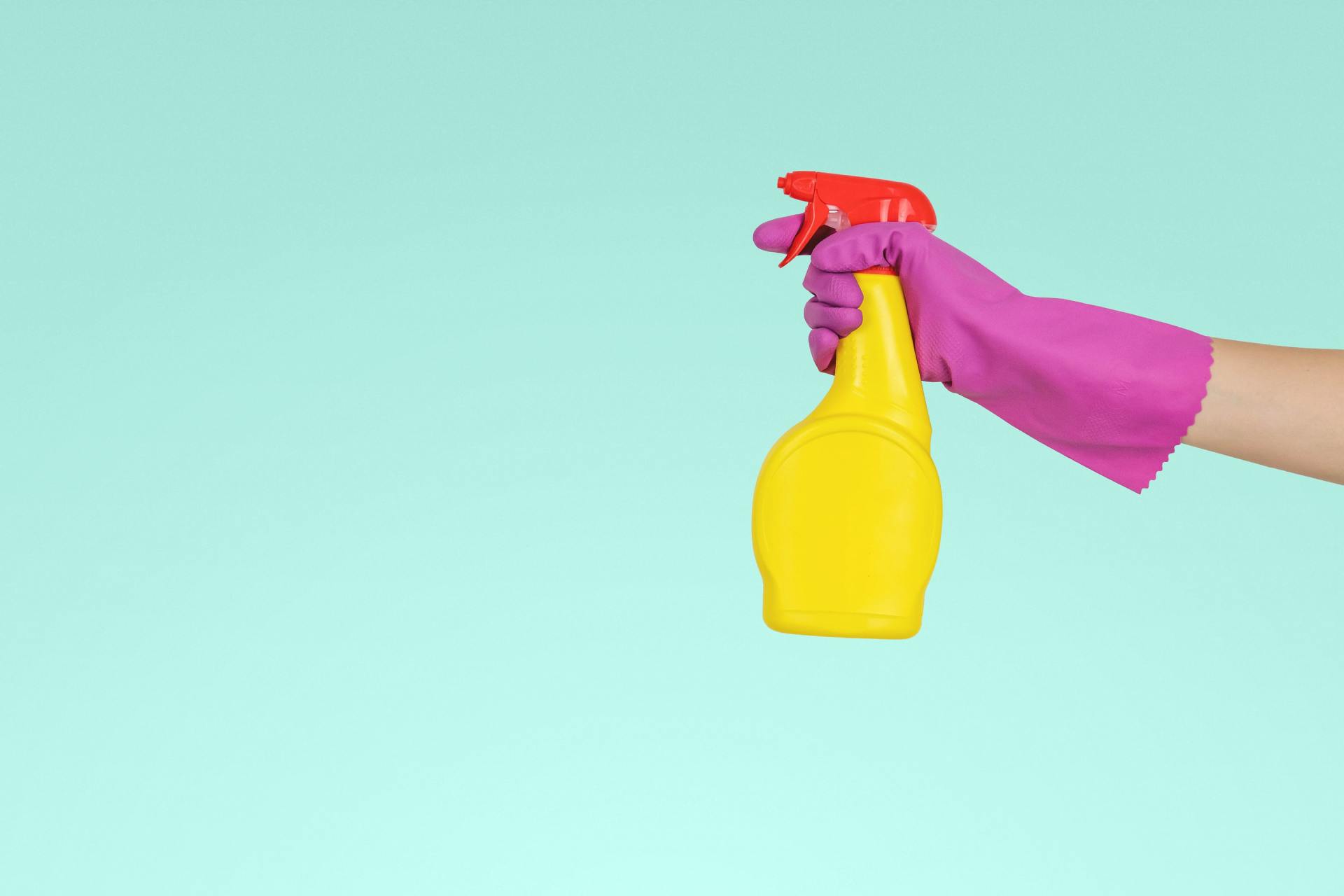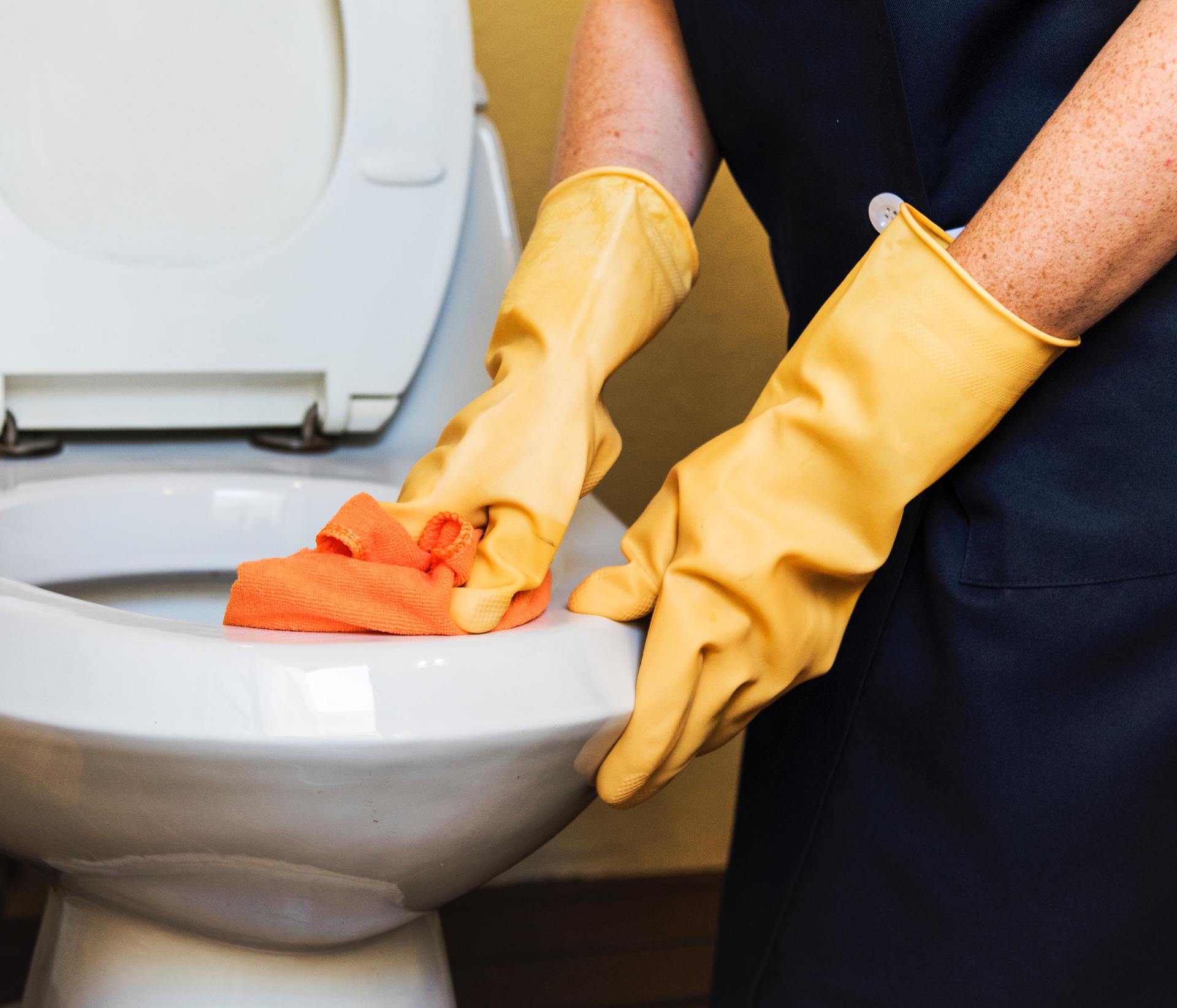Occupational and Environmental Medicine 2005
Blog Owner • February 1, 2005
Asthma symptoms in domestic cleaning women are associated with exposure to bleach and possibly other irritant agents. The public health impact of using cleaning products that contain irritants could be widespread because the use of these products is common in the work place and at home.
M. Medina-Ramon, J.P. Zock, et al., “Asthma, Chronic Bronchitis, and Exposure to Irritant Agents in Occupational Domestic Cleaning: A Nested Case-Control Study,” Occupational and Environmental Medicine 62, 9 (September 2005): 598–606.
M. Medina-Ramon, J.P. Zock, et al., “Asthma, Chronic Bronchitis, and Exposure to Irritant Agents in Occupational Domestic Cleaning: A Nested Case-Control Study,” Occupational and Environmental Medicine 62, 9 (September 2005): 598–606.

Comprehensive longitudinal studies are important for understanding the complex risk factors, pathways, exposures and interactions that lead to the development and persistence of asthma. We aimed to examine associations between use of household cleaning products in early life and childhood respiratory and allergic disease using data from the Canadian Healthy Infant Longitudinal Development (CHILD) Cohort Study

Fragrance affects us all. For some, it can enhance a moment, invoke a memory, or even improve a mood. As consumers, we seek it out in all kinds of products we use in our everyday lives. And for many of us, there’s a positive sensory experience associated with fragrance. But unfortunately, this may not be without consequence.

America's Children and the Environment (ACE)
America's Children and the Environment (ACE) is EPA's report presenting data on children's environmental health. ACE brings together information from a variety of sources to provide national indicators and related information on the environment and children's health.










